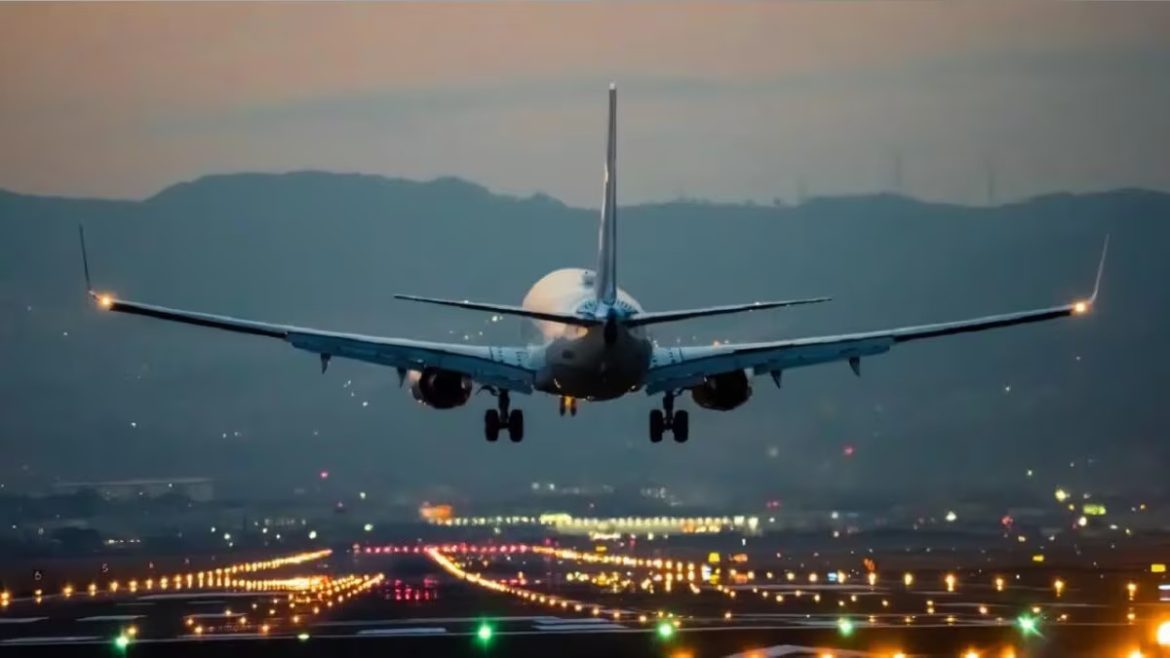It has been a month since the Air India flight AI171, departing from Ahmedabad’s Sardar Vallabhbhai Patel International Airport (SVPI) and bound for London, crashed shortly after takeoff. The tragic incident, which occurred in a densely populated residential area, claimed the lives of all 241 passengers and crew onboard, along with 19 individuals on the ground at the B J Medical Hostel. The disaster has reignited long-standing concerns about the placement of major airports within heavily urbanised zones.
A 2022 global study titled “You’re Surrounded! Measuring the Enclosure of Airports” ranked the top 50 airports worldwide most affected by urban encroachment. Ahmedabad featured prominently, securing the 12th spot. The list included eight Indian airports, with Mumbai’s Chhatrapati Shivaji Maharaj International Airport topping the global index.
The study, led by geographers Tais Grippa and Frédéric Dobruszkes, analysed population density within a 15-kilometre radius of airports. The findings suggest that higher surrounding population densities significantly raise the risk of casualties in the event of aviation accidents. Additionally, residents living near airports are subject to heightened levels of noise and air pollution.
Ahmedabad received an ‘Enclosure Index’ score of 10,82,503, while Mumbai scored 21,82,819—the highest globally. The June 12 crash in Ahmedabad brought this risk into sharp focus, with Civil Hospital in Asarwa and New Laxminagar Housing Colony located dangerously close—just 250 metres—from the crash site. Since then, fear and anxiety have gripped communities residing in the airport’s vicinity.
A former General Manager of Fire Services at the Airports Authority of India pointed out that Ahmedabad’s rapid urban growth has eroded the recommended 3-kilometre safety buffer zone around the airport. According to urban planning standards, no densely populated development should exist within a 20-kilometre radius of an airport. However, this guideline is rarely enforced. For newly planned airports, authorities now advise maintaining open land buffers of 6 to 8 kilometres.
Originally established in 1937, when Ahmedabad’s population was just around 3.1 lakh, the airport was built on what was then the city’s outskirts. Today, Ahmedabad’s population has surged to nearly 93 lakh, and the once-remote airport is now surrounded by thick urban development. In light of these challenges, a new airport is being planned in Dholera, approximately 110 kilometres from Ahmedabad.



